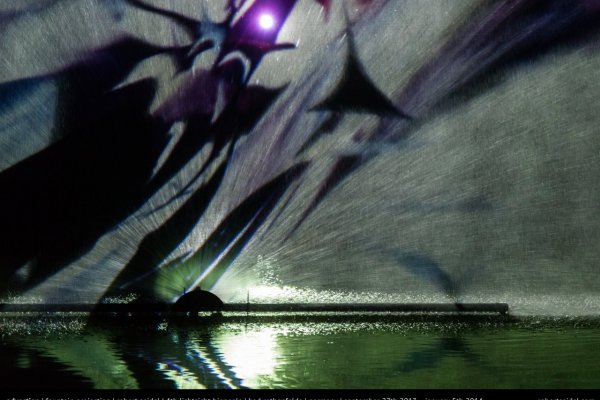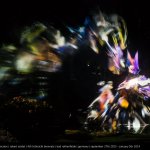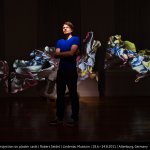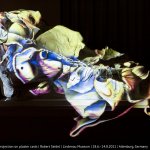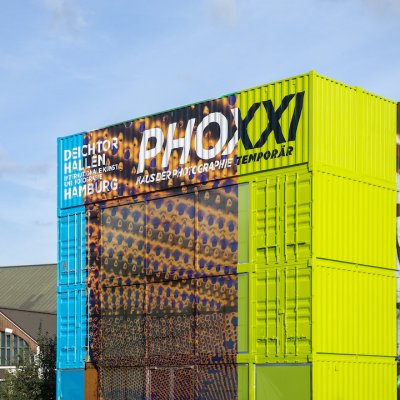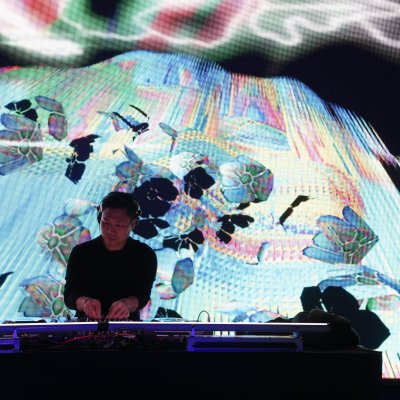recent examples include a pictorial reinterpretation of biological processes in video installations (grapheme, Museum Wiesbaden, 2013), virtual sculptures (vitreous, Target City Lights Minneapolis, 2012) and water projections (advection, Lichtsicht Biennale, 2013). his films have been honoured with several prices like an Honorary Award of KunstFilmBiennale (Cologne, Germany) and the Prize for Best Experimental Film at Ottawa International Animation Festival (Ottawa, Canada).
by layering different structural, spatial and temporal concepts organically he creates a slowly evolving complexity. this multifaceted perspective, a kind of narrational skeleton, is filled by the viewers own memory and creates a seamless blend with the artwork itself. we’ve been captured by the originality of Seidel's works and I was really curious to have a chat with him about his relationship with nature, humans and technology.
Q: how do you manage to create narratives through which viewers connect?
A: first and most obviously, my works are abstract and not representational. but still they are not random, they follow certain rules and change in specific processes that are closely related to nature. so the viewer tries to read these images, first on the level of evolutionary-derived knowledge. this means certain shapes and movements catch our attention, like thousands of years ago, when we were much stronger depending on reading nature’s changes or reacting on emotions of humans and animals.
the second level is our personal memory, the situations and moments we accumulate in our brain. these symbols are often connected to our childhood or turning-points. people sometimes tell me their associations and the stories they develop are highly narrative, highly memorized – triggered by abstract images and sound.
Q: you clearly want to go beyond technology creating organic forms and abstract bodies. do you feel like the technology you are using is an extension of yourself or sometimes you have miscommunication (human-machine) problems?
A: technology is not an extension of my ideas, they are vehicles and tools that shape the artwork on its way into reality. first ideas are in free flow. then I draw sketches, collect things like photos, videos, data and 3d-models. when I have enough of these raw materials technology allows me to sort, blend and merge everything to a continuous cinematic flow. problems can be technological, organizational or economical, so “miscommunication” can happen on all levels and are part of the artistic process.
Q: how did you master your path?
A: first I studied biology for some time, then media design at Bauhaus University Weimar, while working on very commercial 3D animations. working on the vision of another person and streamline everything for the most predictable audience reaction made me sick.
“_grau” was my manifesto to show what is possible to create with a vision beyond the engineered animation cliché, putting art-historic categories like painting, drawing and sculpture into movement.
I was also interested in misusing these digital tools to praise the random element and surprises (no storyboard!). all this ends in a very controlled way in the final phase, which is not accidental or generative at all. from my experimental films I started doing installations, media facades and projection sculptures, so things change constantly and there is no path into the future. it only becomes visible in the past.
Q: tell us a bit about your life in Berlin, what makes it so special that you don't want to move to another city?
A: Berlin is loud, dirty, quite unfriendly and expensive for the money people earn here. also most art institutions have just a minimal financial foundation, so the number of people doing art related to technology is quite small compared to the potential of our time. nevertheless there are people I like to meet and places I’m glad to visit, so there is a lot to explore when not being buried in work. but coming from the small town Jena and finding no rest in Berlin, sooner or later all the noise will make me move…
Q: what's up next? any collaborations?
A: I’m performing at “Field of Vision”, a new Music festival in the Centre for Contemporary Art Torun (Poland) with the “Lutosławski Quartet” and “The Woodwind Quintet of Cracow Philharmonics”.
then different things are revealed soon in detail – an exhibition in Korea and a DVD published by the Center of Visual Music. but the big plan for next year is making a new movie: “_grau” will be 10 years old in 2014!
thank you very much Robert this interview has been much appreciated. we look forward to keeping updated on your future projects!
if you want to find out more about Robert’s artist website here or find him on vimeo.


